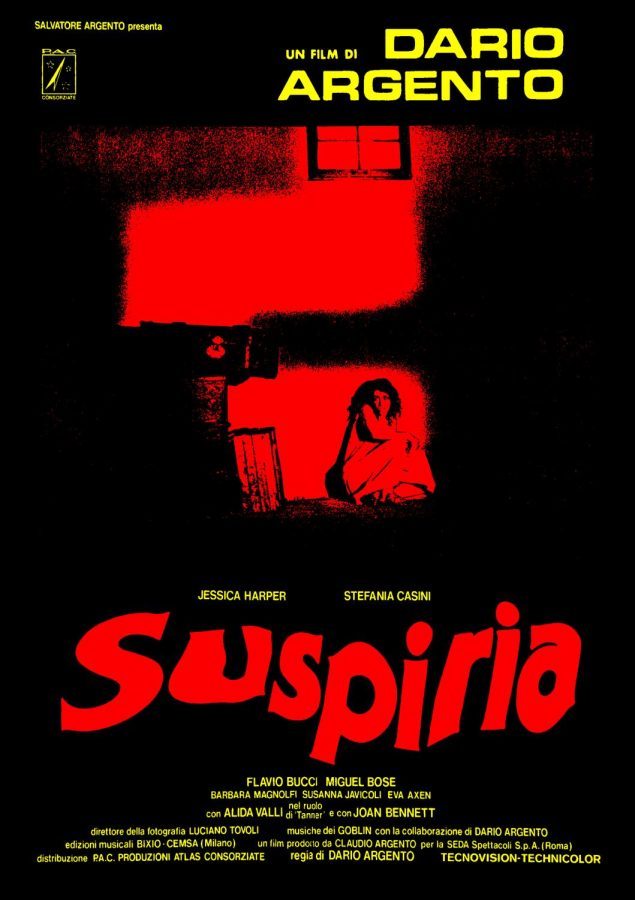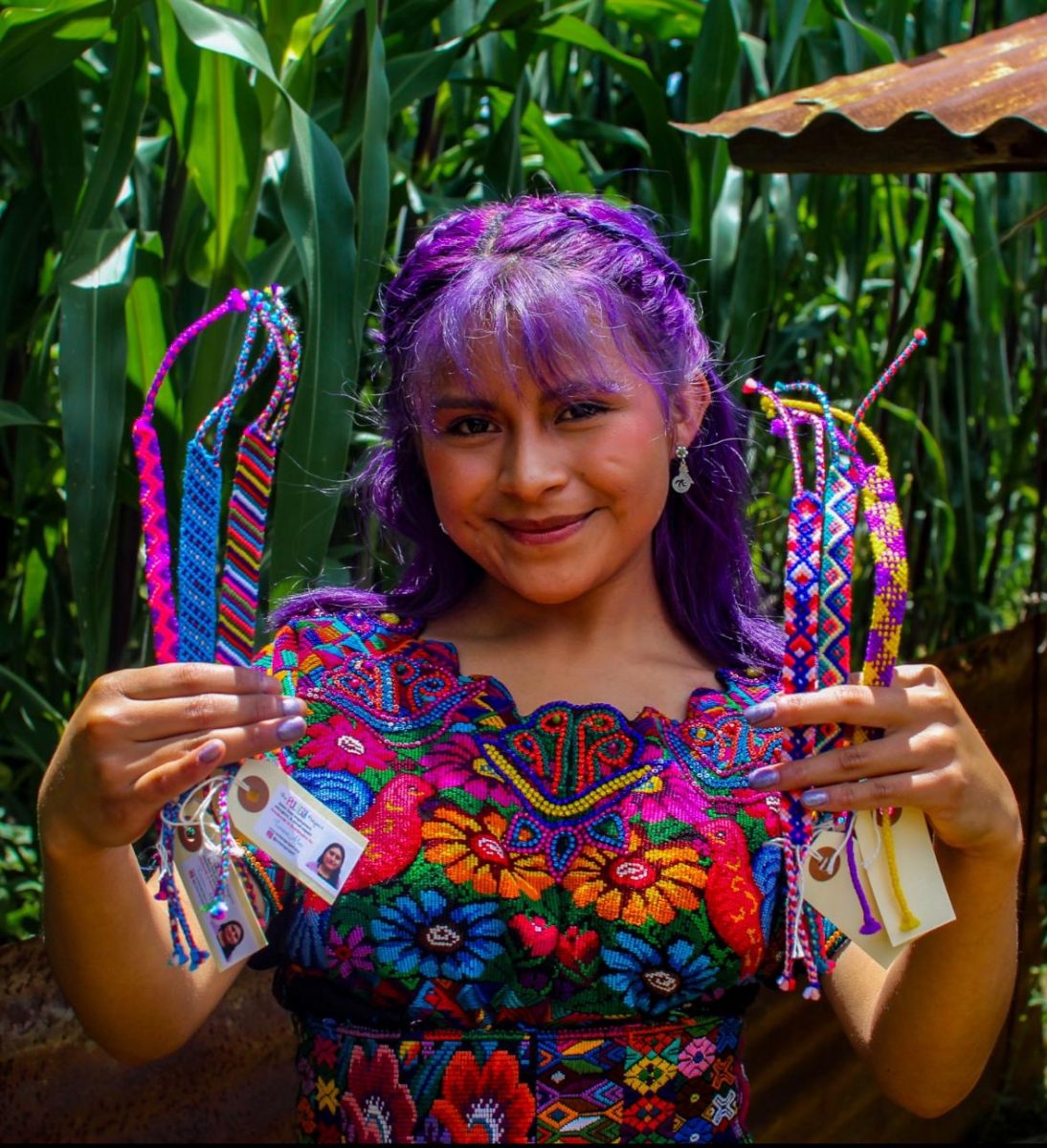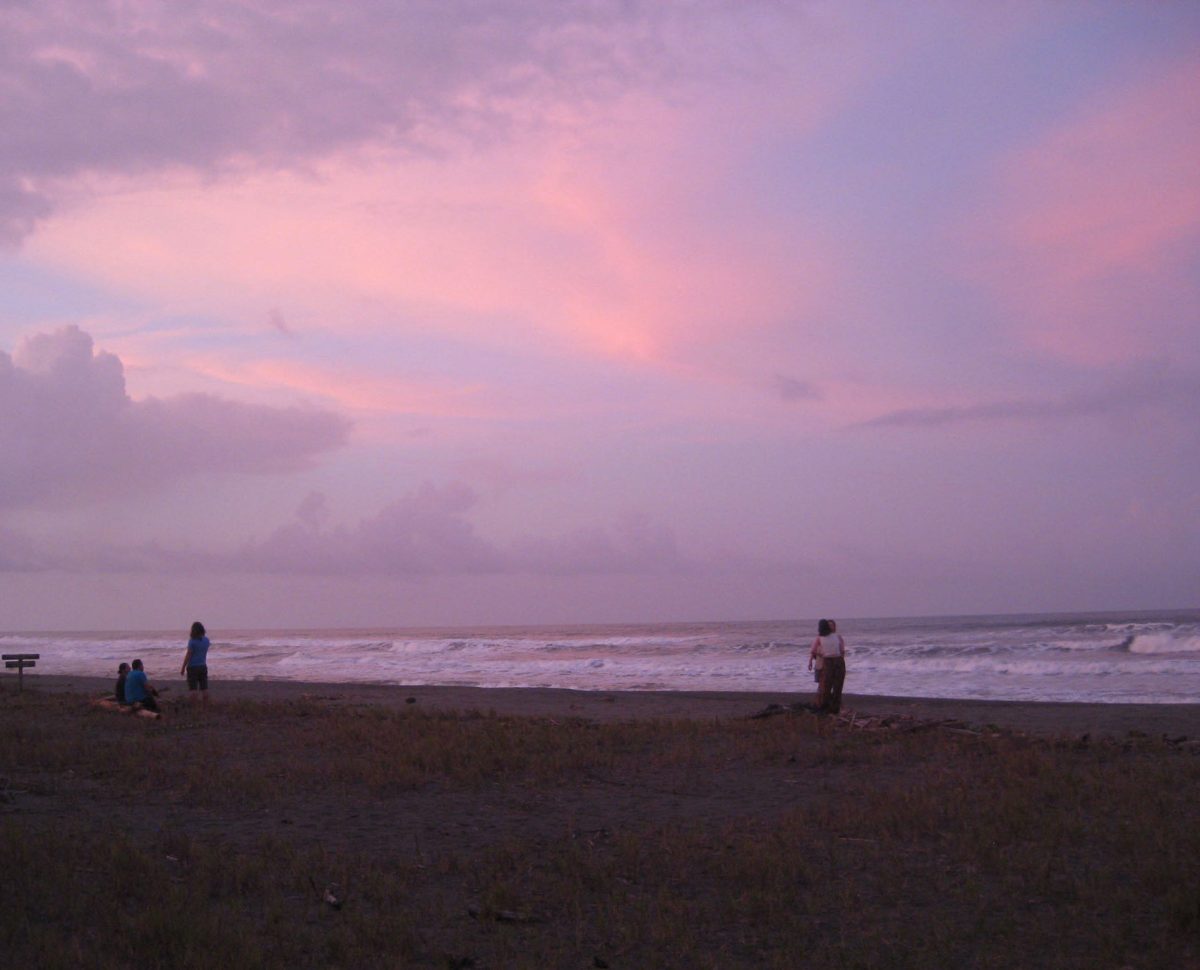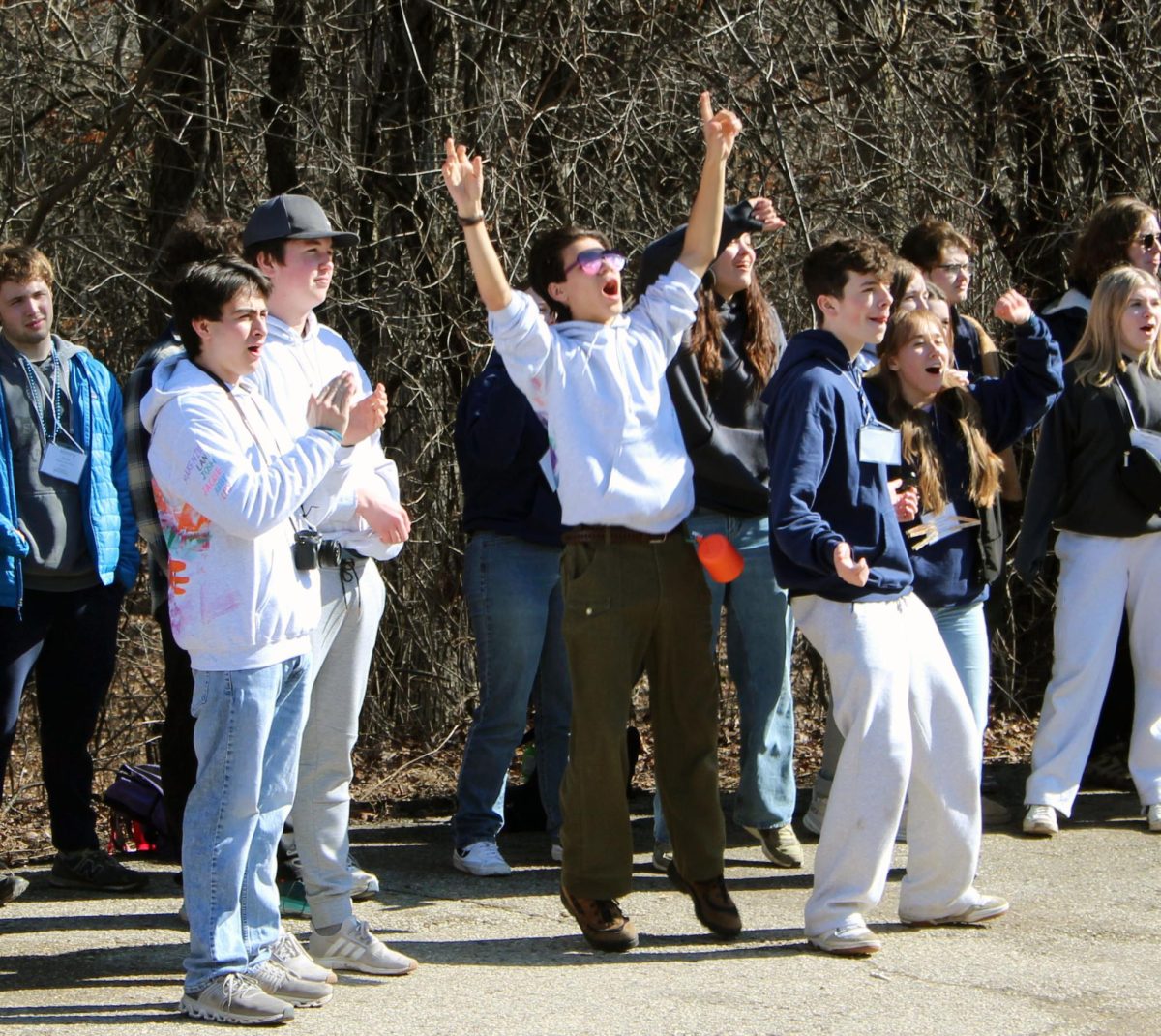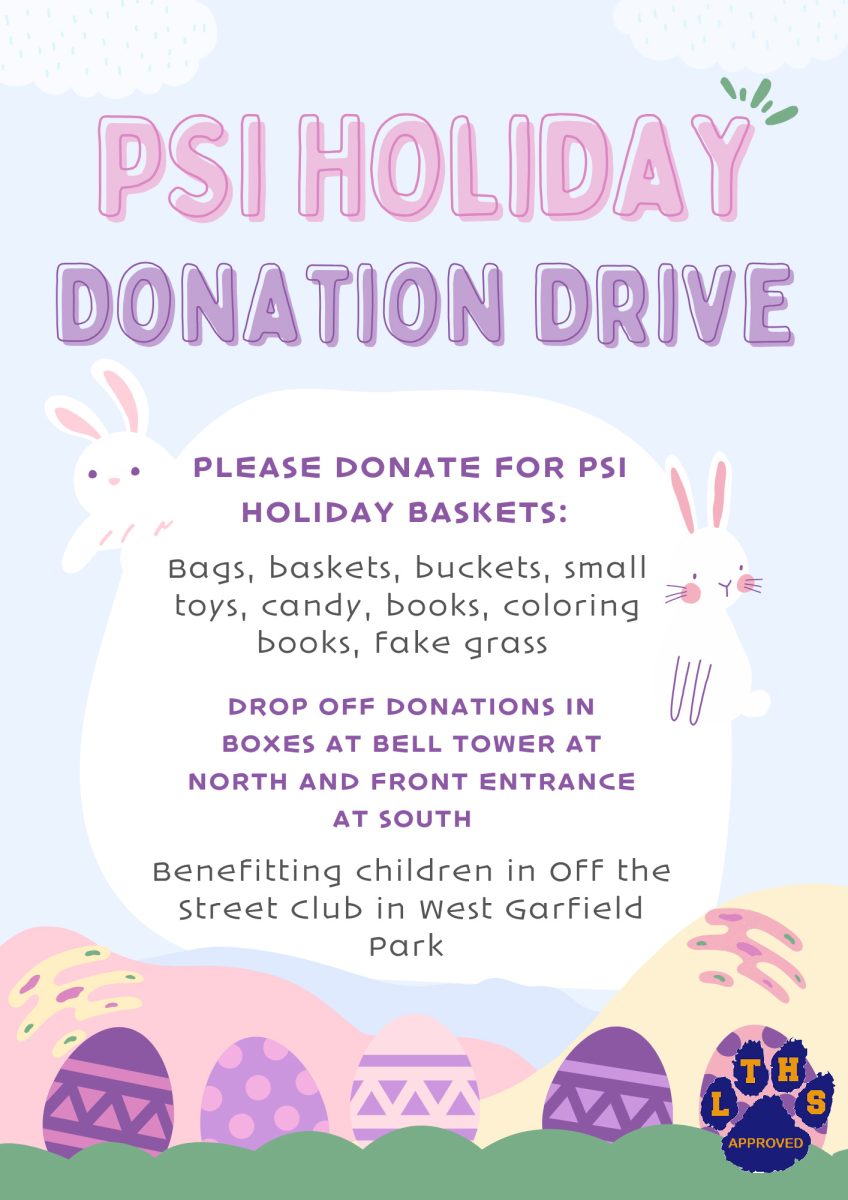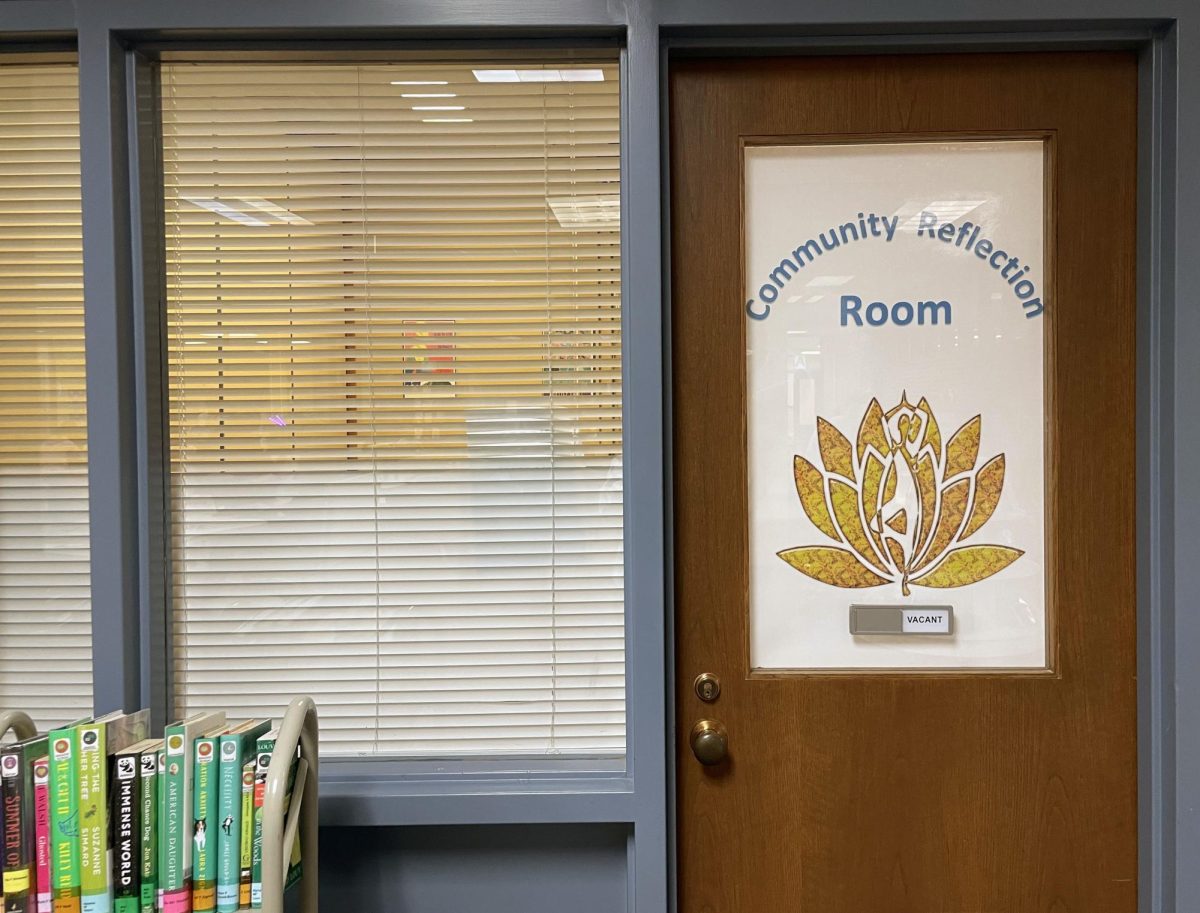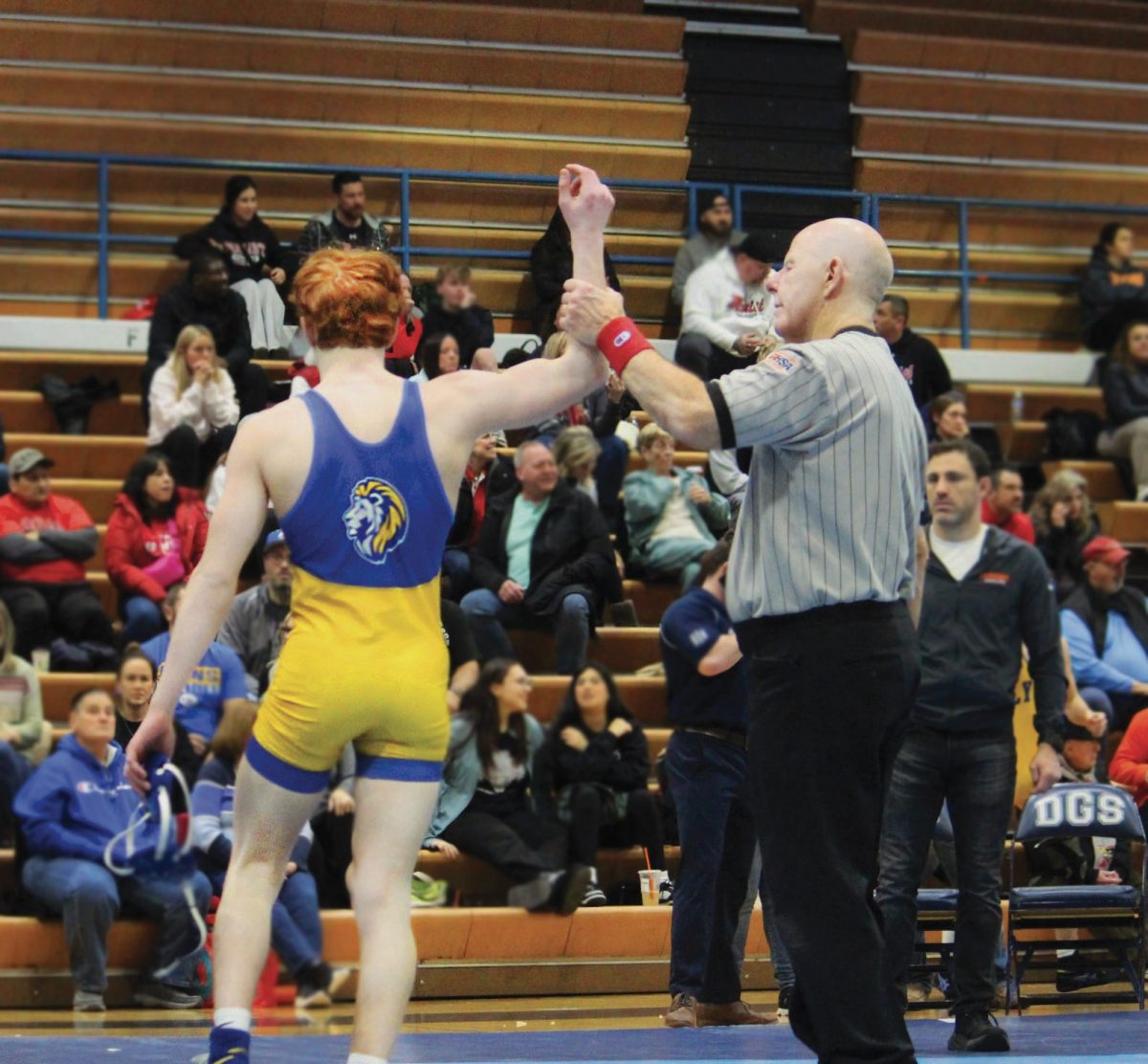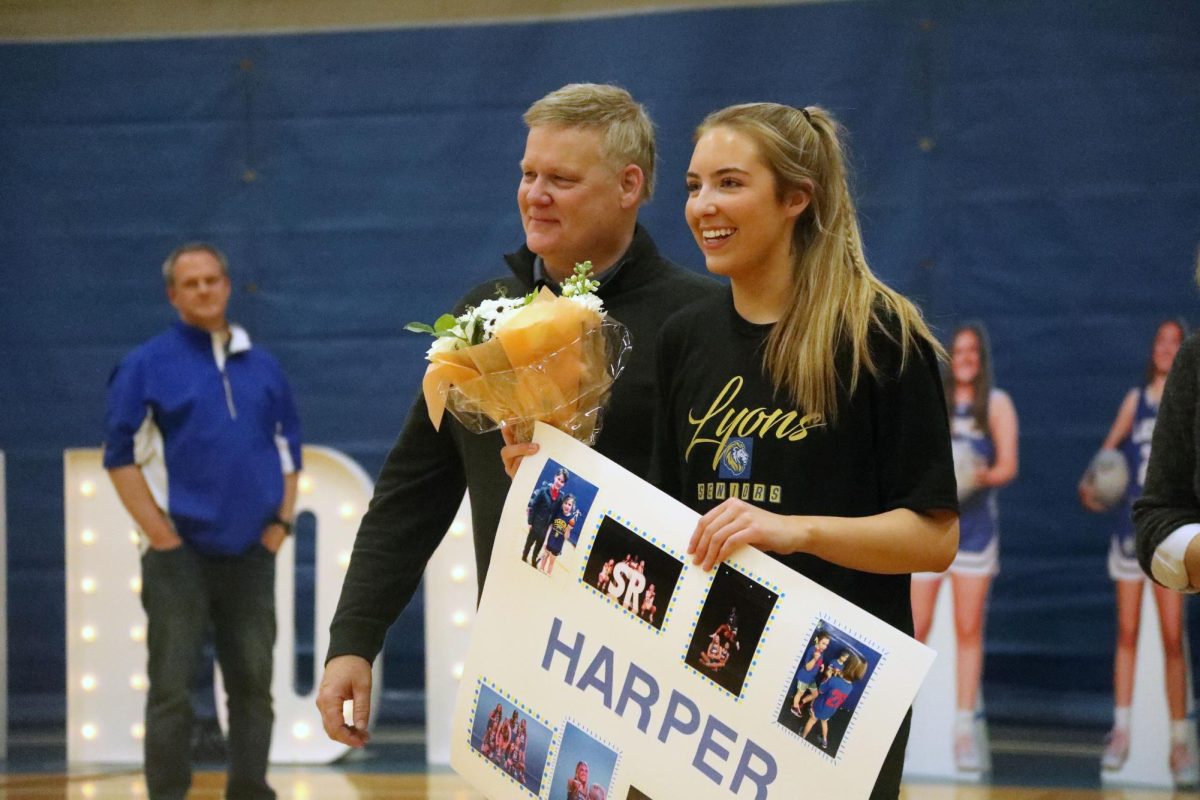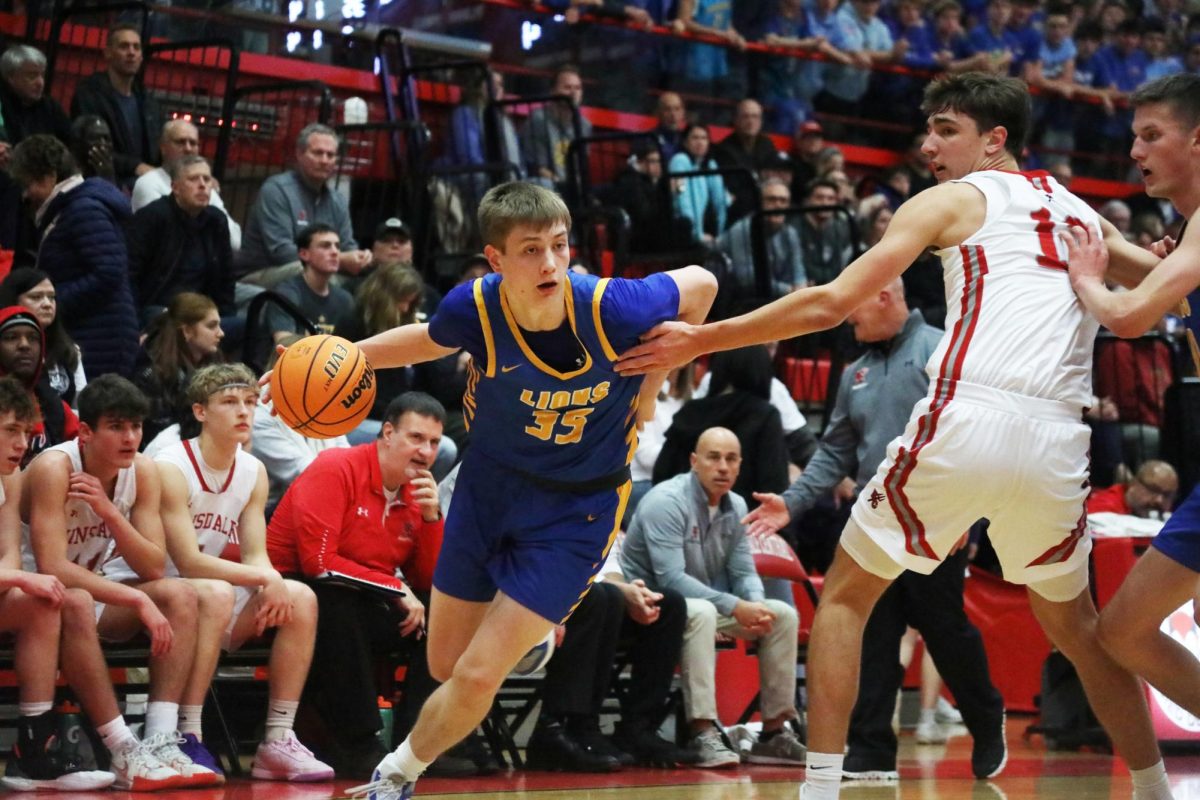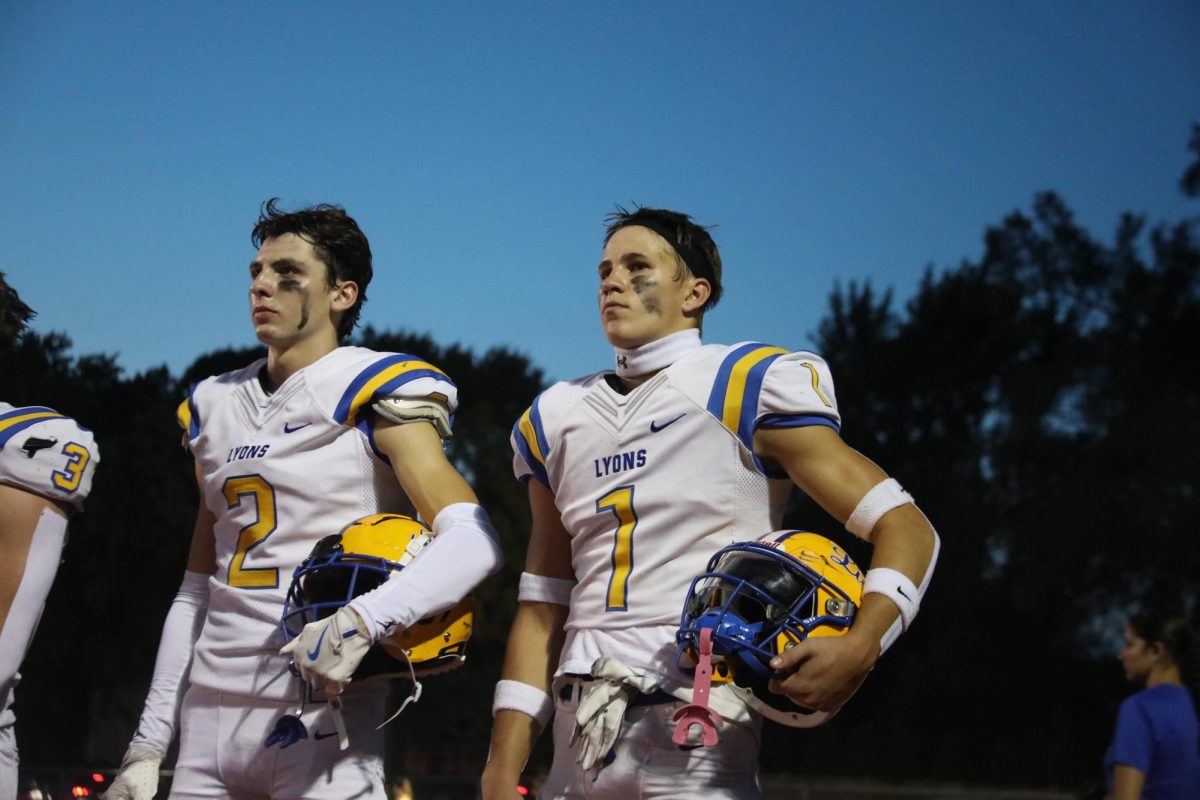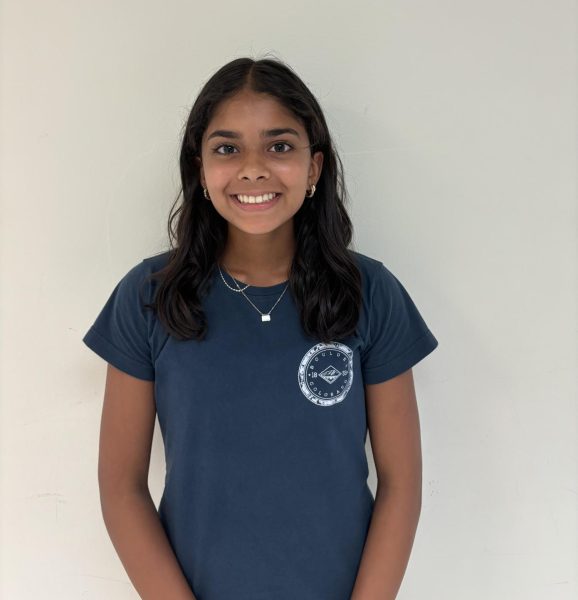March 31—it was the final leatherback sea turtle census of the trip, and we had not been able to participate in hands-on research of the turtles yet. In complete darkness, my group—the eight students and two teachers on the trip and a research assistant from the reserve—began walking onto the beach with lowered hopes. Our first night, it had taken nearly three hours of trekking through sand in low visibility to spot one turtle. Our second night, we again saw only one turtle during the four-hour census, which was overshadowed by a different group who saw three that same night. We were disheartened, but within moments of leaving the perimeter of the common area, we spotted a turtle.
At around five feet in diameter, this large turtle was beginning to dig its nest in the sand, an event we had not seen yet. It was entirely by luck that we had found this turtle so close to the entrance, out of the four kilometers of beach we had to cover. As we watched the turtle dig a hole around 2.5 feet deep with its flippers, the students from our group came together to decide on what roles everyone would have in working on the turtle, something that could only be done while it was laying its eggs. Eventually, one student and the research assistant paired up to measure the circumference of its neck, two students measured its width, two students measured its length, and three students (myself included) held back its back flippers and collected the turtle’s eggs in a bag. For me, this was an incredible experience that I will never forget. I was lying flat on the sand and could feel the turtle’s shell’s ridges and its flippers’ muscles and bones with my hand.
From March 26 to April 3, we traveled to Costa Rica. The trip was organized through Ecology Project International (EPI), an outside program that aims to teach the importance of conservation. Most specifically, the trip was centered around sea turtle research, where we collected leatherback sea turtle eggs to increase their chances of survival.
Since the beginning of the school year, information about the trip was posted in many science classrooms at NC. Initially, the trip was offered to only upperclassmen who were enrolled in AP Biology, AP Environmental Science, or STEM Research, but after only a small group of students signed up, staff members and chaperones of the trip, Angela Patel and Annette Orrico, opened the trip up to more students.
March 26, 2025
At 5:30 a.m. on Wednesday, our group of eight students and two LT teachers met up at O’Hare airport. Our luggage consisted of large backpacks in preparation for the long walks to where we were staying. After many goodbyes, we passed through the security checkpoint and boarded the plane to Houston that was set to depart by 7:30 a.m. Following a lengthy layover and another flight, we arrived in San José, the capital city of Costa Rica, around sunset. We met our two guides, native Costa Ricans with a background in biology, and at the hotel—still located in San José, a 30-minute bus ride from the airport—we ate a quick dinner before turning our phones in. We would not have access to our phones for the remainder of the trip.
March 27
After a three-hour bus ride from the hotel, we arrived at our second location: Veragua Rainforest in the Limón Province, where we would be staying for the next two nights. While we had to adjust to cold showers and many bugs, the wildlife we saw was amazing. In a small exhibit, we learned about the different species of frogs, toads, and snakes located in the rainforest. Then, we walked through the butterfly garden they had created for the purpose of conducting butterfly research. It felt like an enclosed extension of the rainforest with hundreds of large, bright blue, and small orange butterflies everywhere.
March 28
The second day at Veragua, we contributed to the ongoing butterfly research in the rainforest. First, we learned more about the wide variety of butterfly species in Costa Rica, and then returned to the butterfly garden to practice catching and holding the butterflies. After that, we attempted to do the same activity with butterflies in the rainforest to record the number of butterfly species we found and their locations. Later in the afternoon, we took a short skytram down into a different part of the rainforest and hiked to a waterfall, still equipped with our butterfly nets. While I enjoyed being able to hold the butterflies at the beginning, I found that it became difficult to take the butterfly research seriously after spending so much time waving the nets around while trying to catch the butterflies.
March 29
We left Veragua in the morning and traveled another three hours to a dock. Pacuare Reserve is only accessible by crossing a river, so we took a small boat for 15 minutes before reaching the reserve. Our first turtle census was that night from 8 p.m. to 12 a.m. The reserve had minimal electricity, so we had to use headlamps during the dark but switched them off upon reaching the beach to prevent the turtles from being scared away. For the four hours, we walked in a line headed by a research assistant from the reserve and then pairs of students with a teacher at the end. It was very difficult to see in the dark and walk through the sand for almost eight kilometers, but we ended up seeing a leatherback turtle around 11:30 p.m. that had just laid its eggs and was camouflaging its nest from predators. Walking it back into the ocean and watching it disappear under the waves was a very special experience.
March 30
In the morning, we went on a hike through the forest to learn about the native plants and animals. Later in the afternoon, we worked on a service project on the beach where we leveled out sand for a new turtle hatchery that was going to be built. Our turtle census that night was from 12 a.m. to 4 a.m., so we slept for a couple of hours beforehand. On this night, the sky was very clear, and we could see numerous stars and constellations. Again, we saw one turtle on this census that was camouflaging its nest.
March 31
Following the previous night’s census, we decided to stay up for an hour to watch the sunrise. While it was too cloudy to see the sun, the sky was very pretty. Throughout the day, we worked in pairs on small research projects that we presented at the end of the day. My project’s topic was leaf-cutter ants. Similar to the first day, our census was from 8 p.m. to 12 a.m. Over these four hours, we saw three turtles and conducted research on one of them. For me, this was the most memorable moment of the trip.
April 1
We left the reserve early in the morning and again took a boat back. On the boat ride, we saw a crocodile resting its head on a tree branch in the water. Then, after a two-hour bus ride, we arrived at a local bilingual high school. For multiple hours, we played games with some of the students, ate lunch, and conversed with them. This experience was very enjoyable because we met so many students and learned more about Costa Rican culture.
April 2
For half of the day, we went whitewater rafting down the Pacuare River. After many rushed days, this was a fun and relaxing end to our trip. Midway through, we stopped to swim in a natural pool and eat lunch. We then changed into dry clothes and headed back onto the bus, making our way back to San José. Before we arrived at the hotel we started at, we stopped at a local grocery store for souvenirs and snacks to take home.
April 3
On the final day of our trip, we left for the airport at 9:30 a.m. and departed for Houston at 1:30 p.m. This time, our layover was short, so we rushed to board our flight back to Chicago. At 11:15 p.m., we landed, and our parents picked us up from the airport.
Overall, this trip taught me a lot about the importance of conservation and ways that I can support conservation. Engaging in research with the leatherback sea turtles and experiencing Costa Rican culture will definitely be memories that I will never forget; I am so grateful that I had this once in a lifetime opportunity.

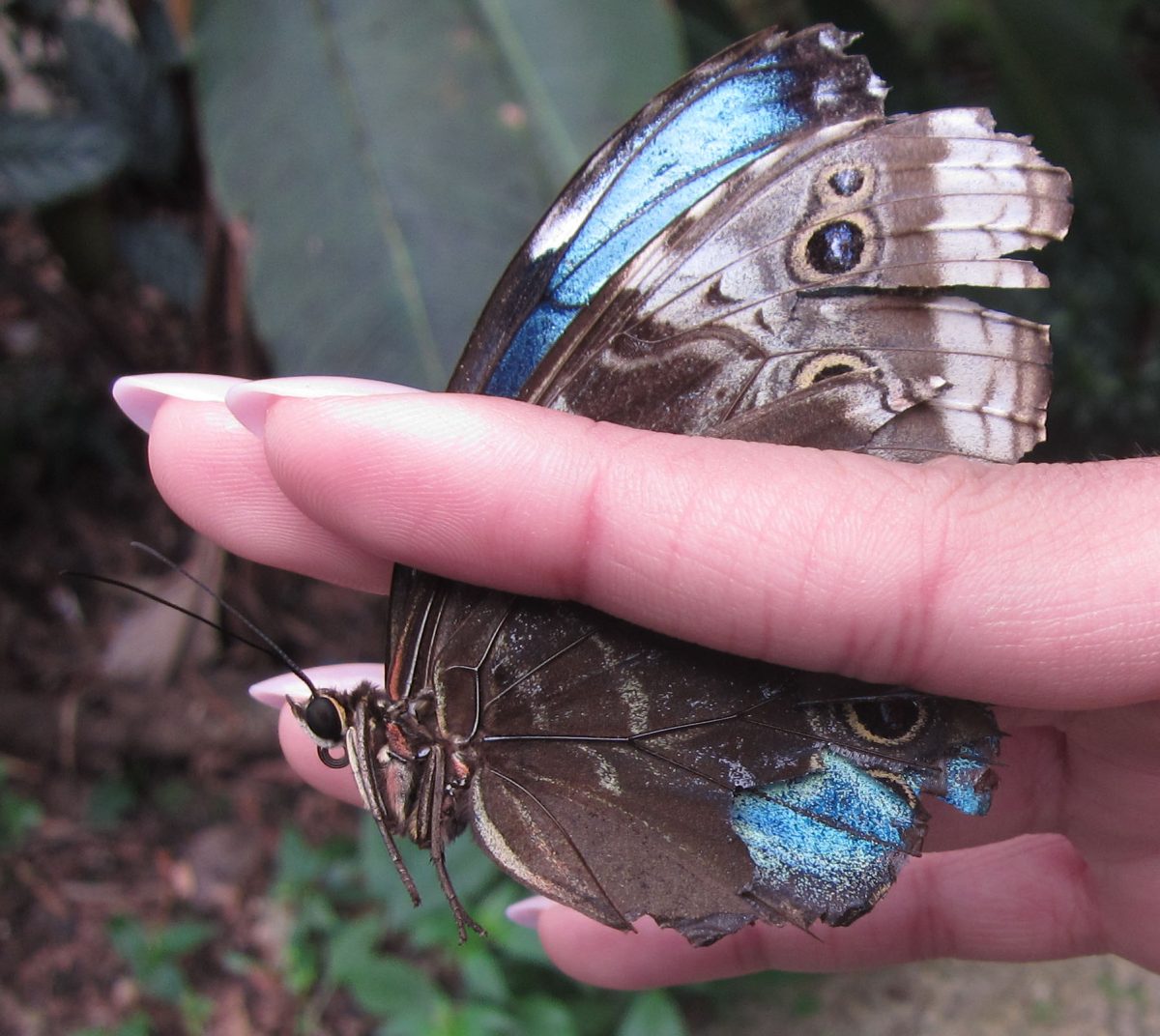
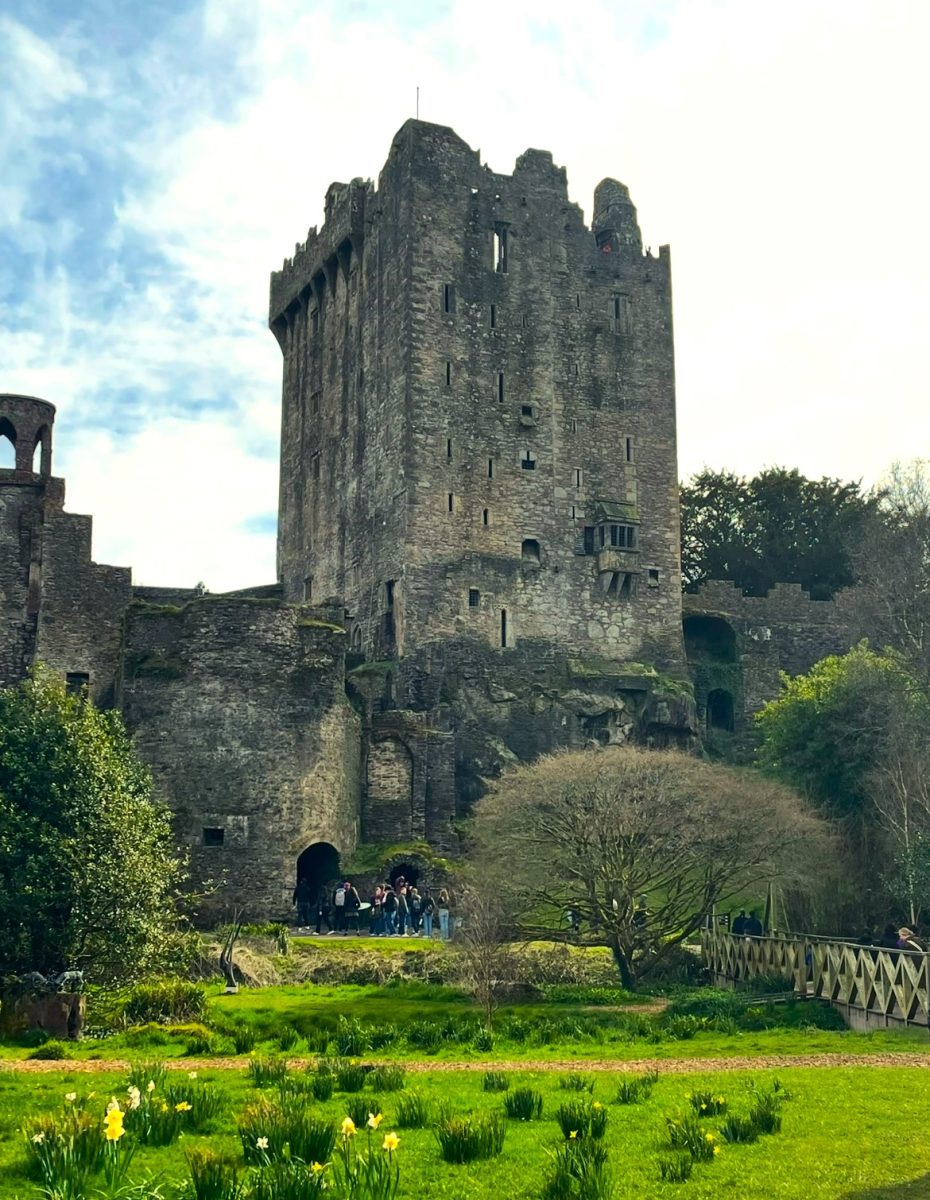
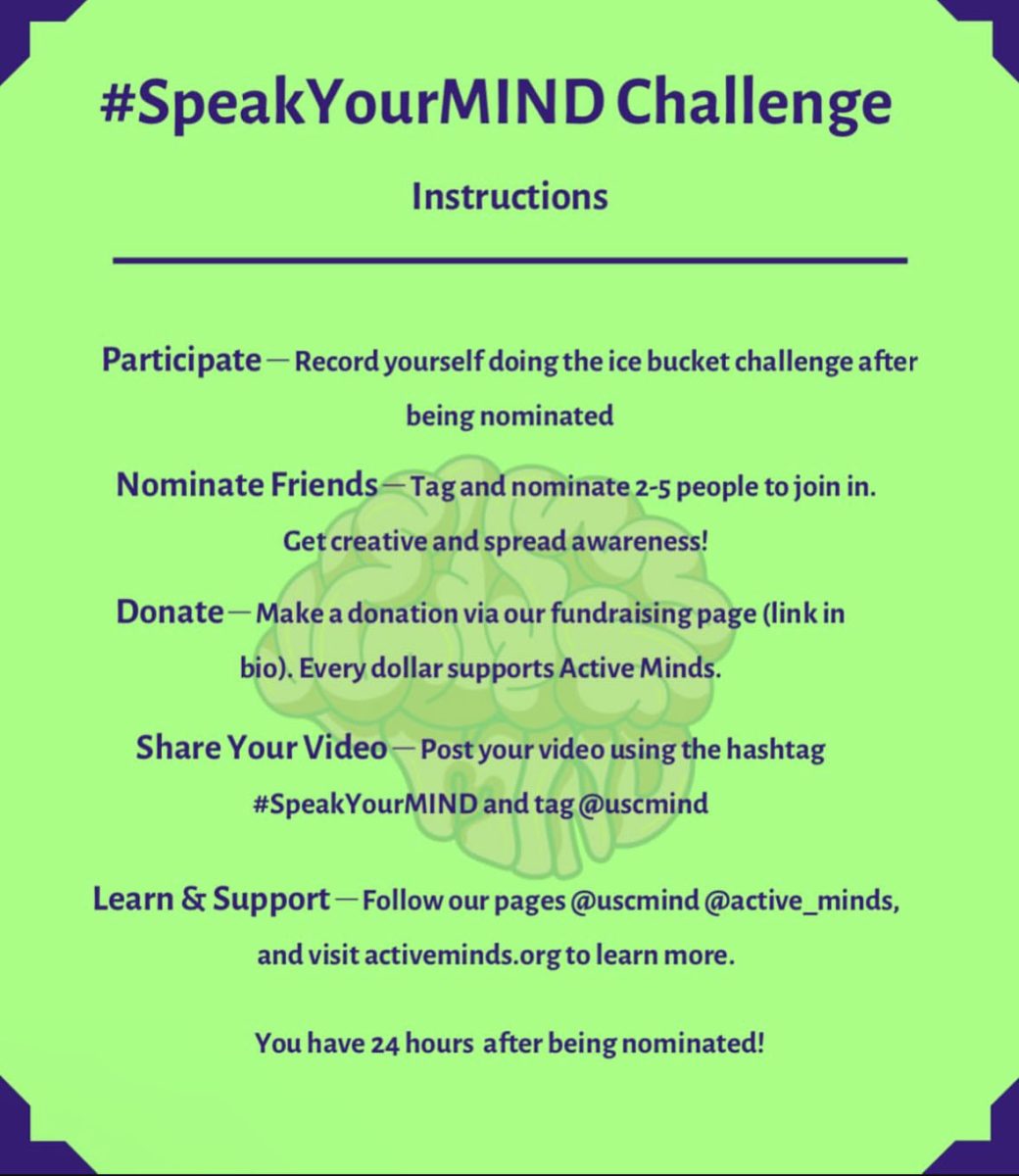
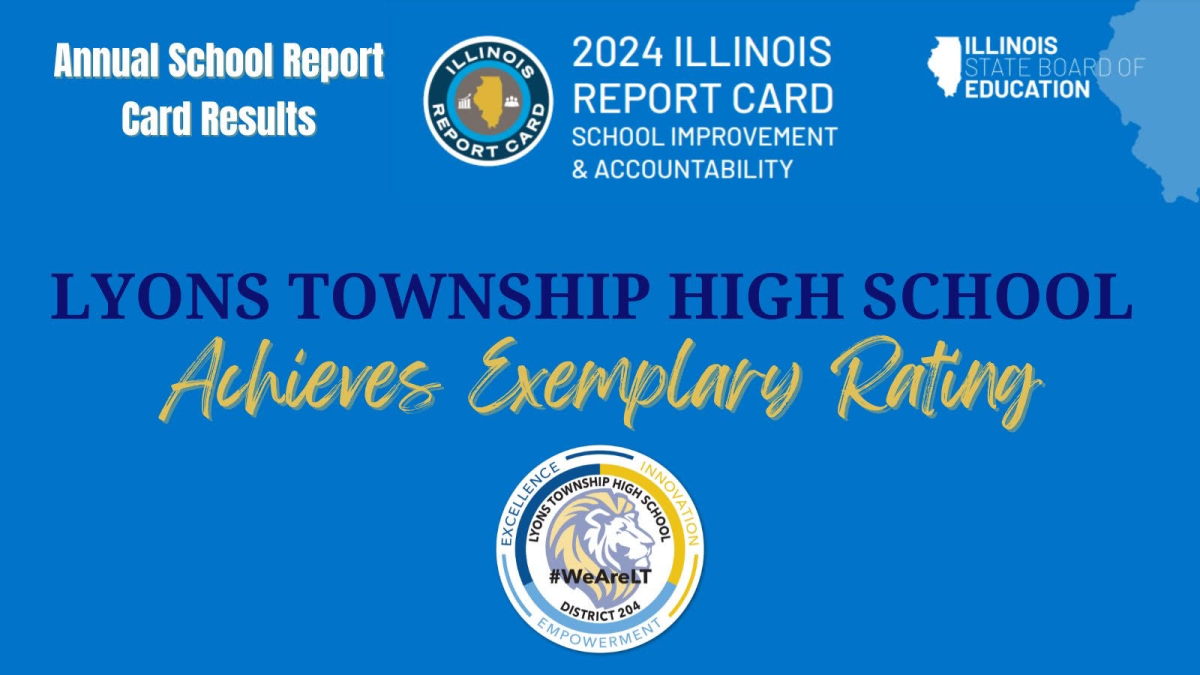

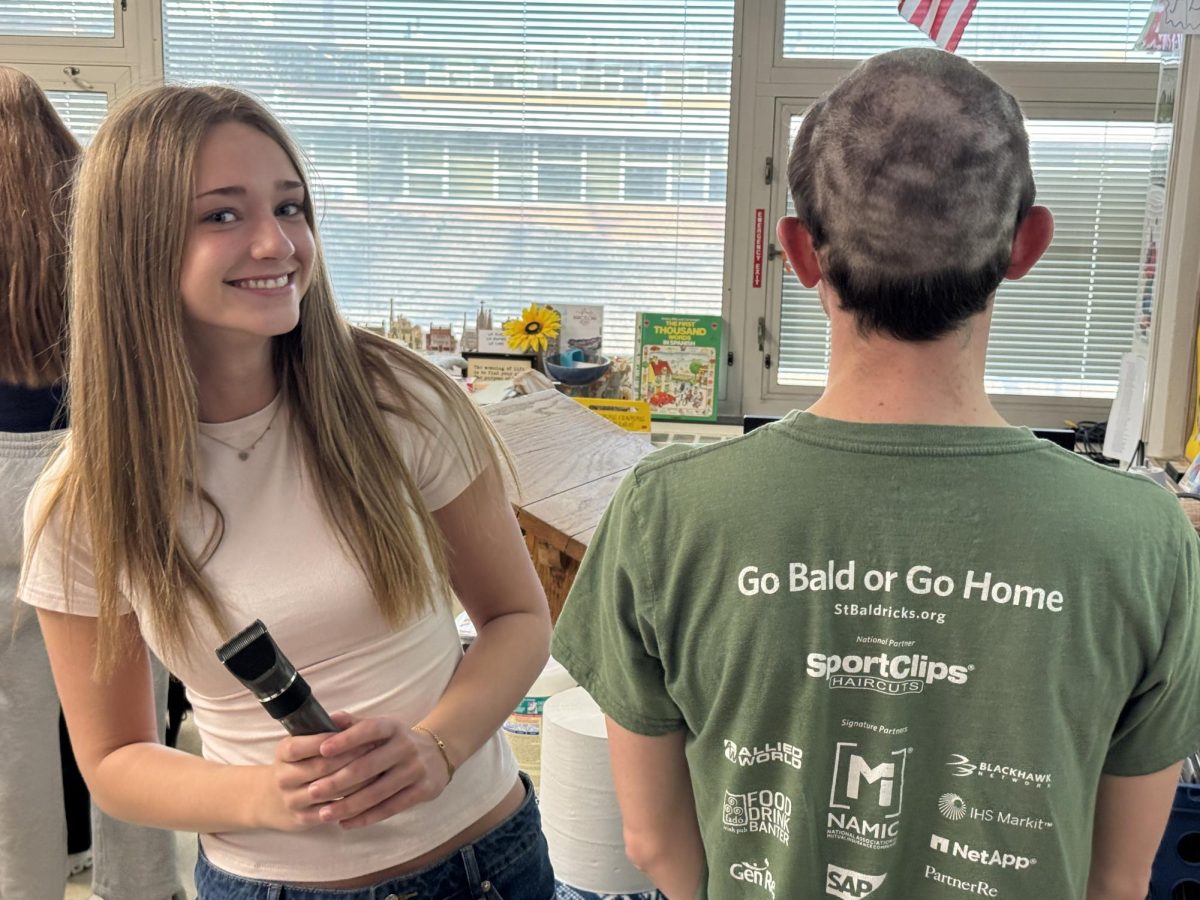
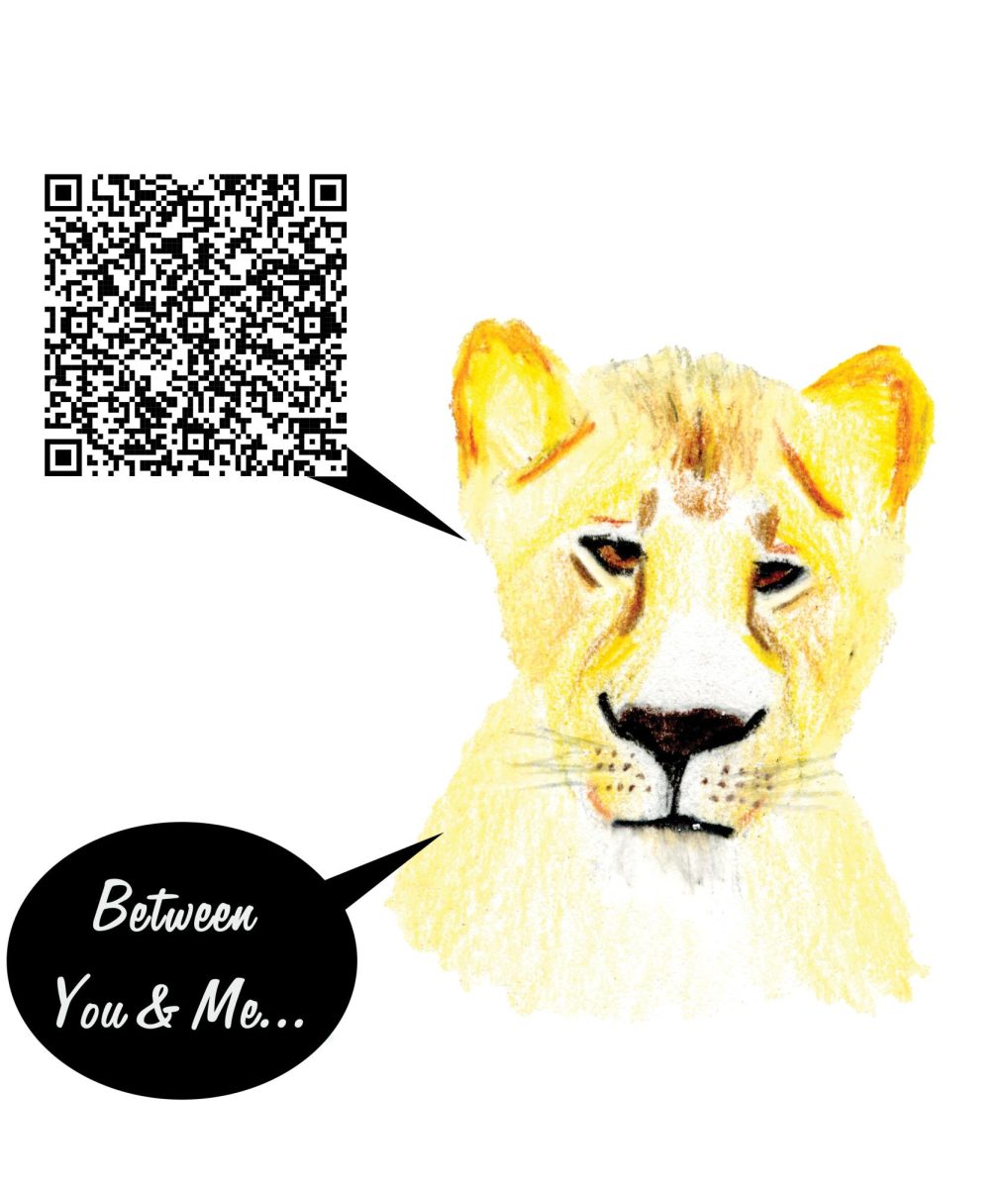
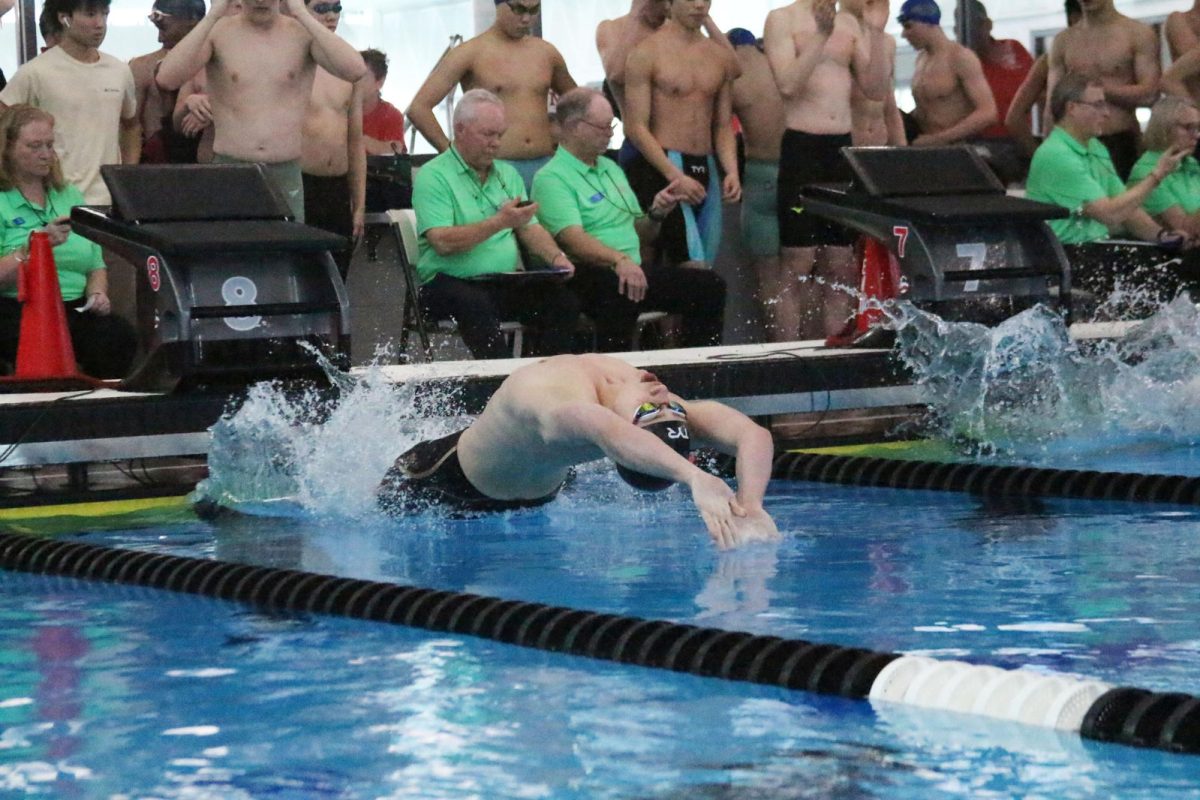
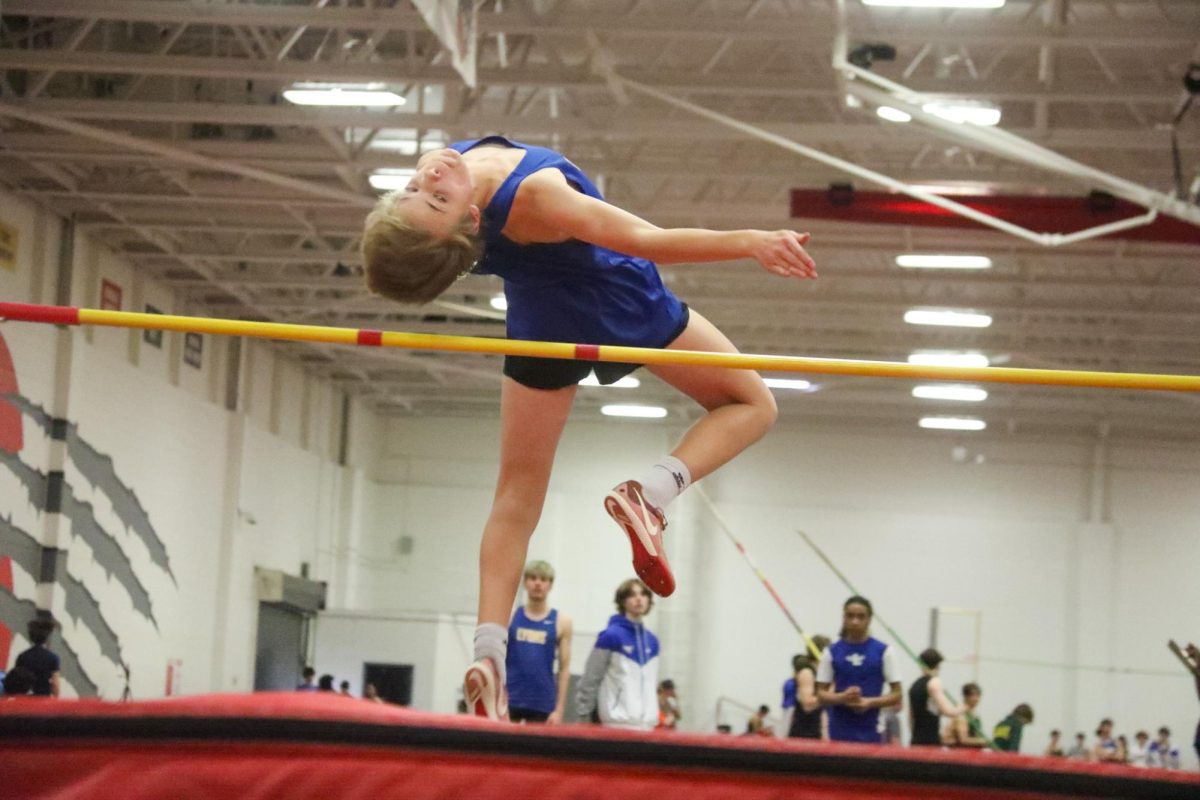
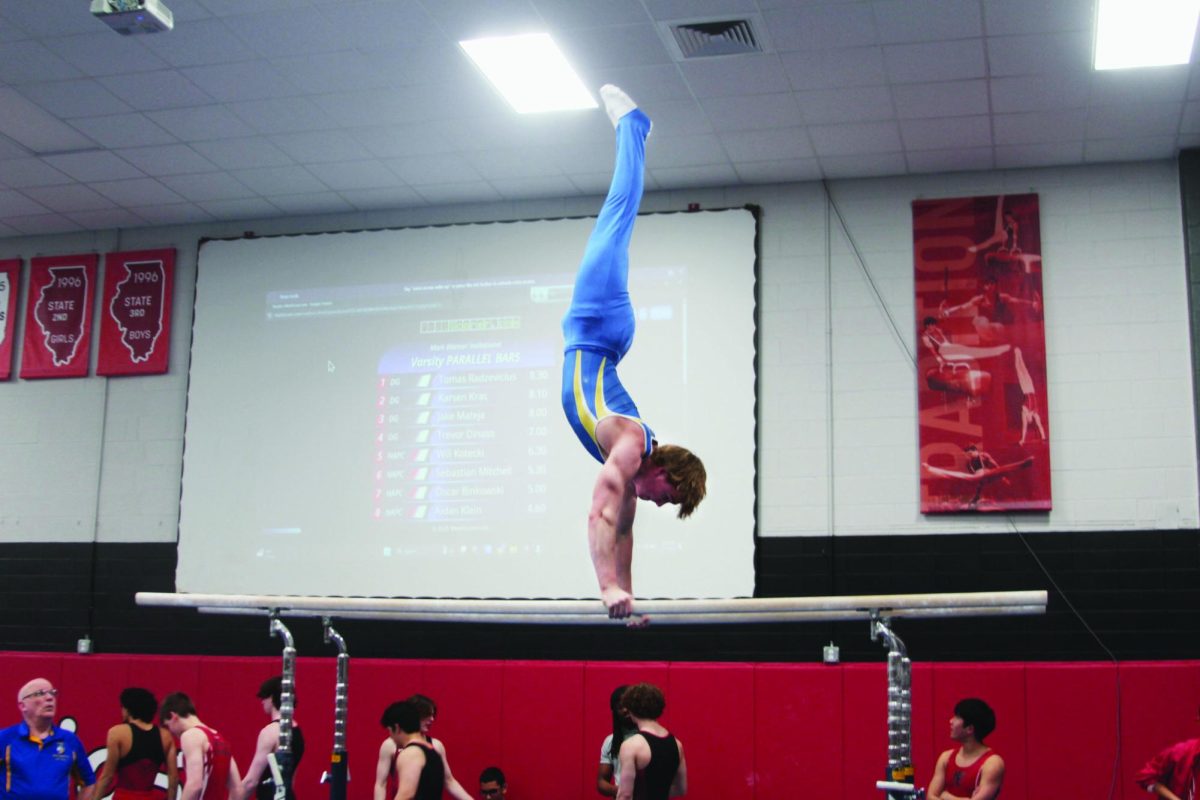
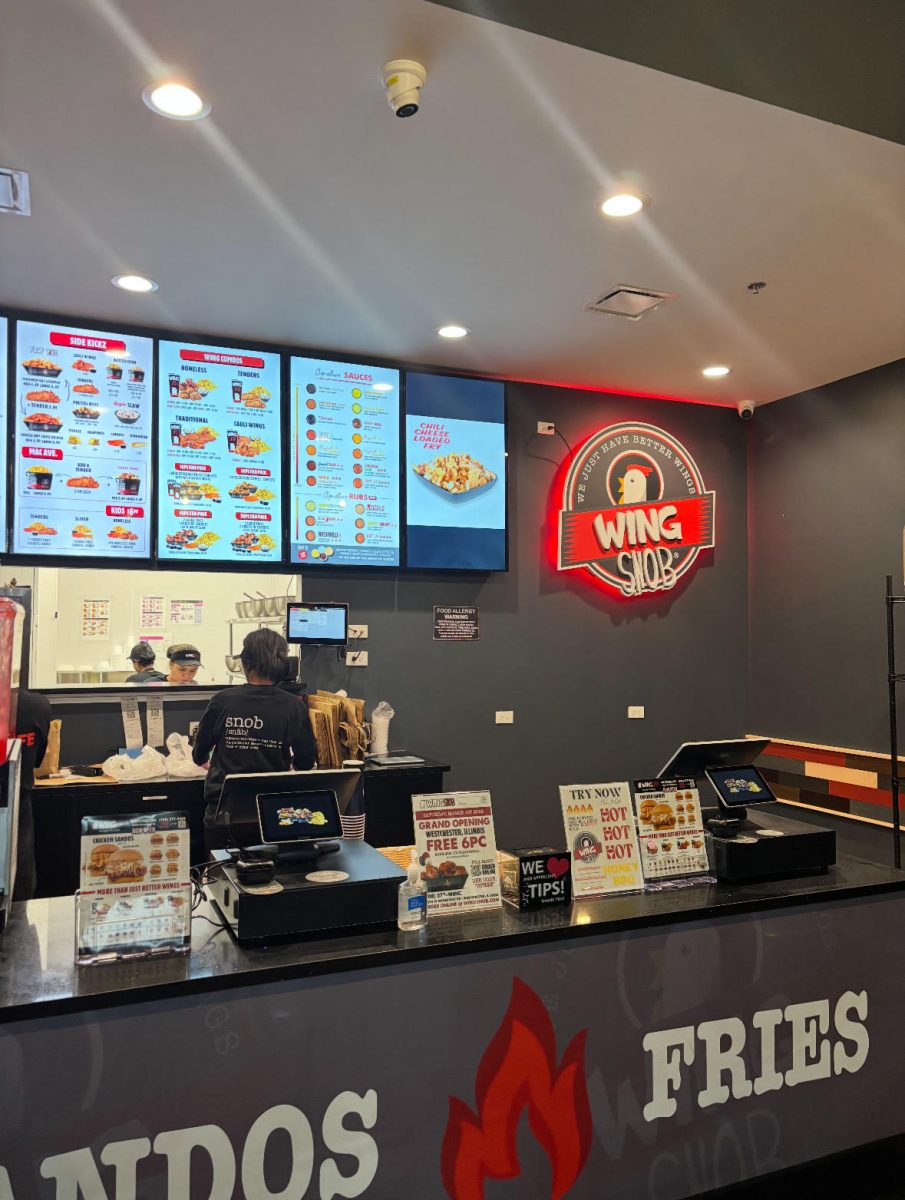
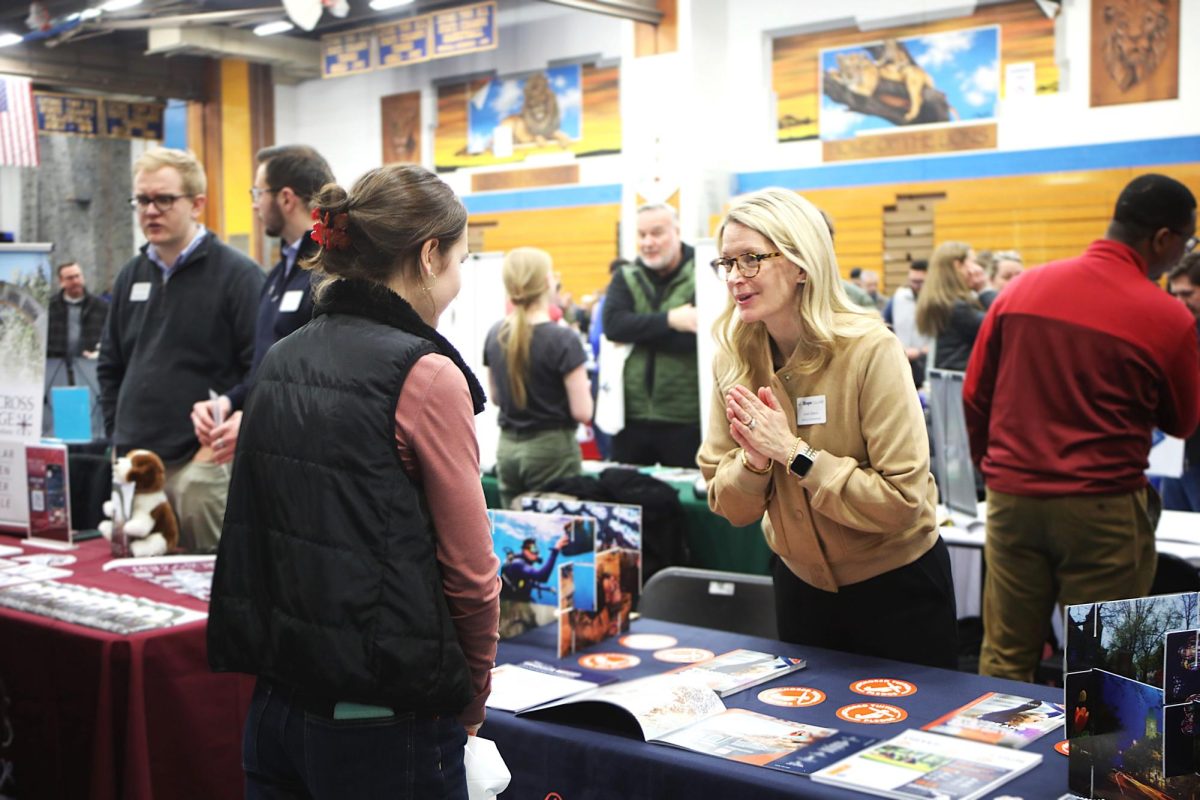
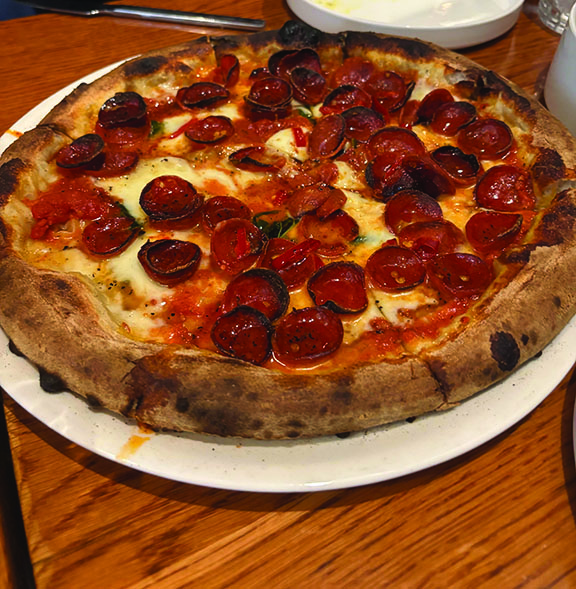
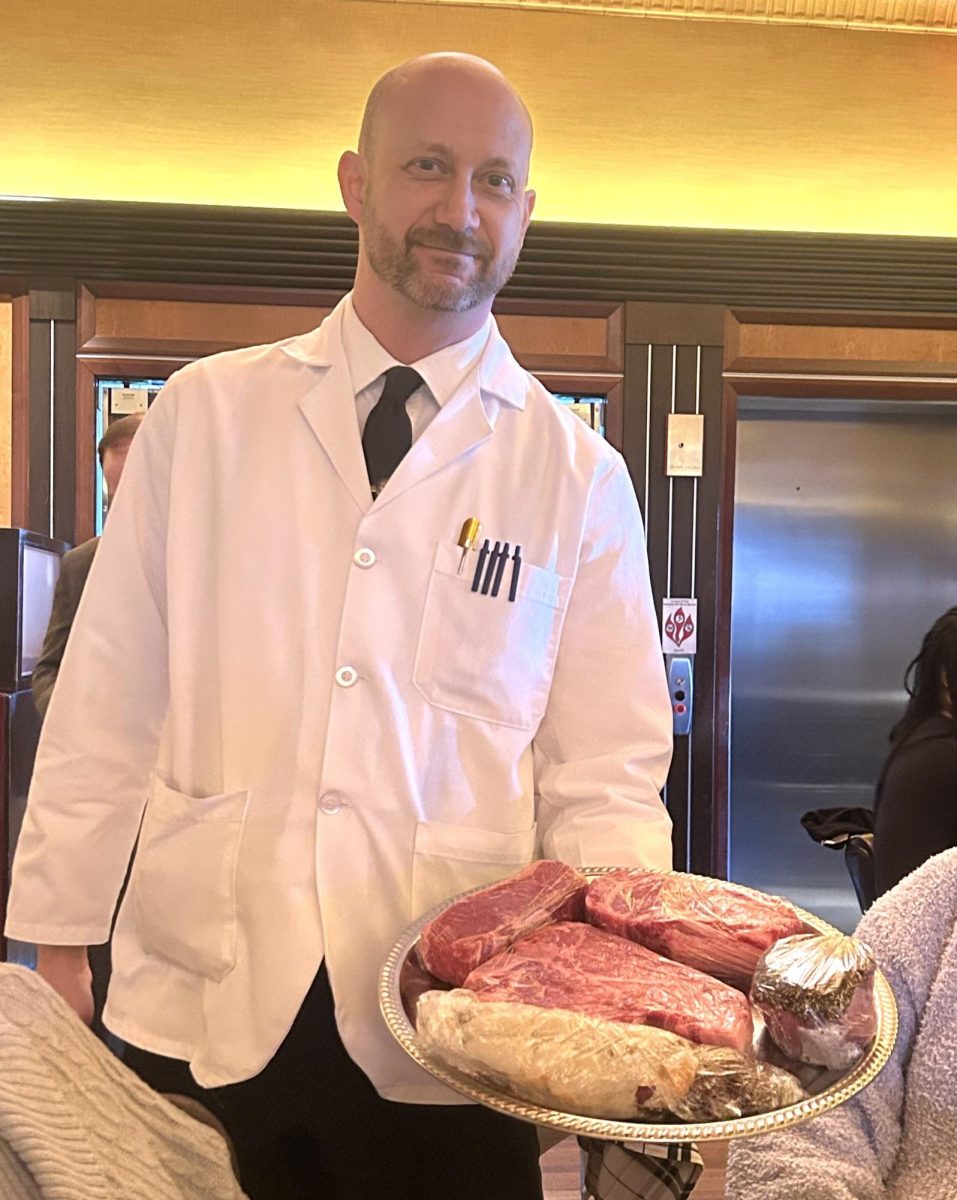
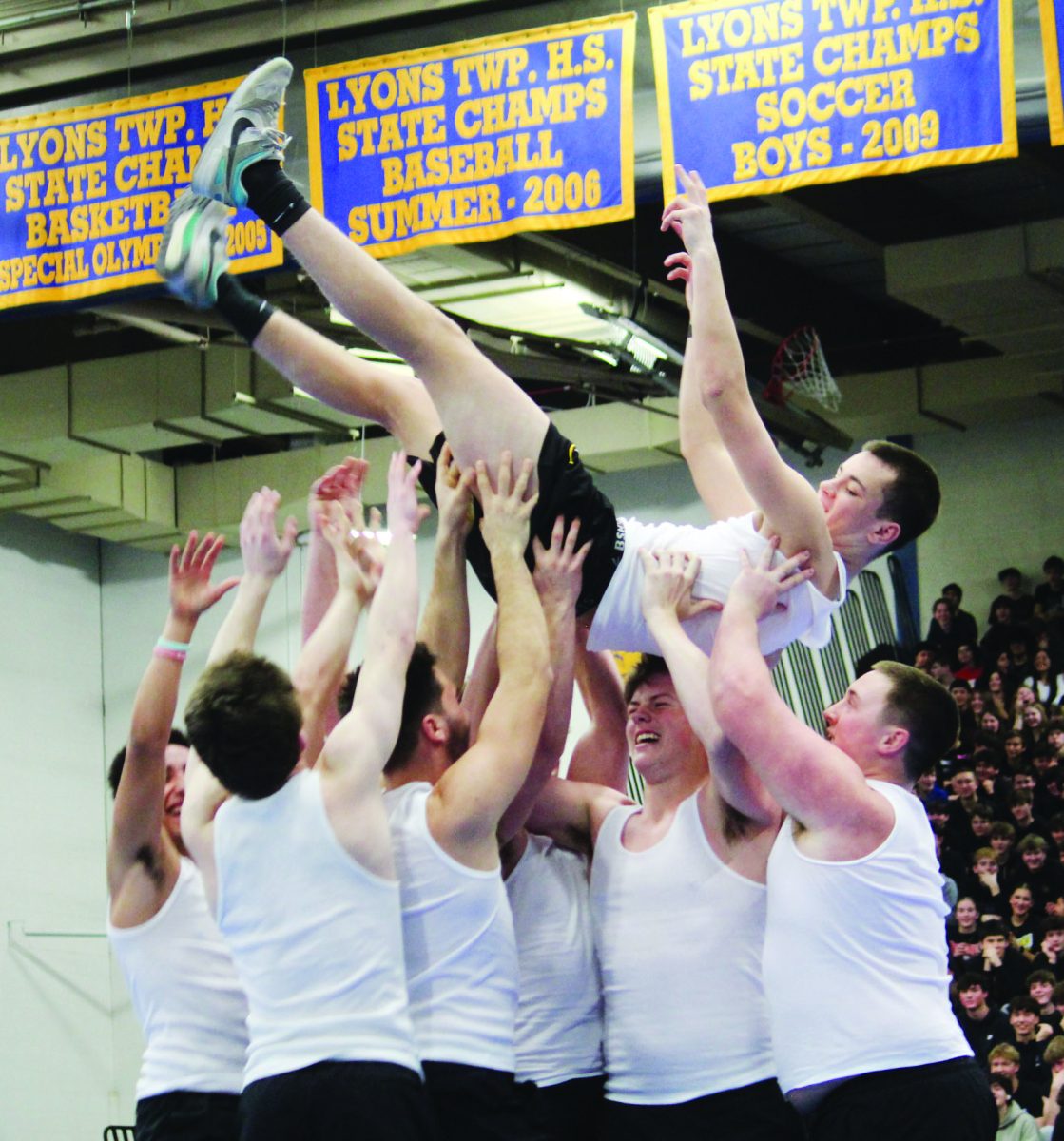
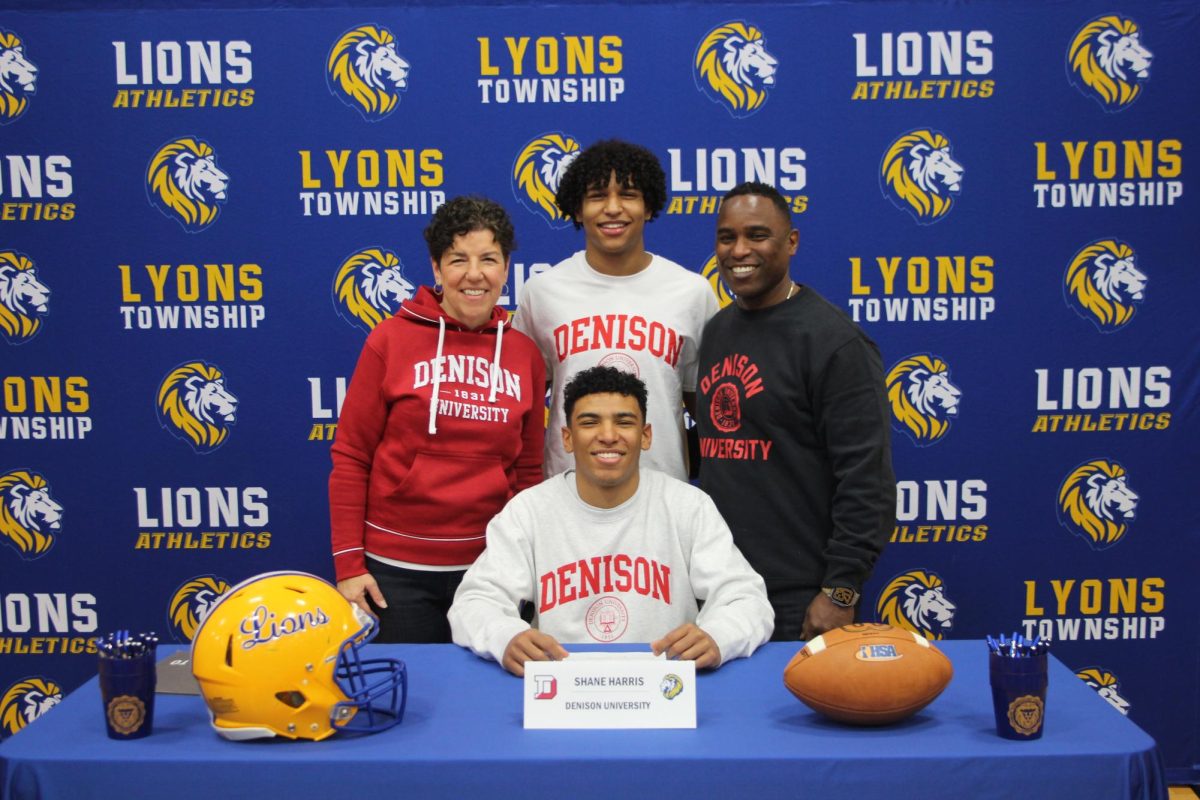
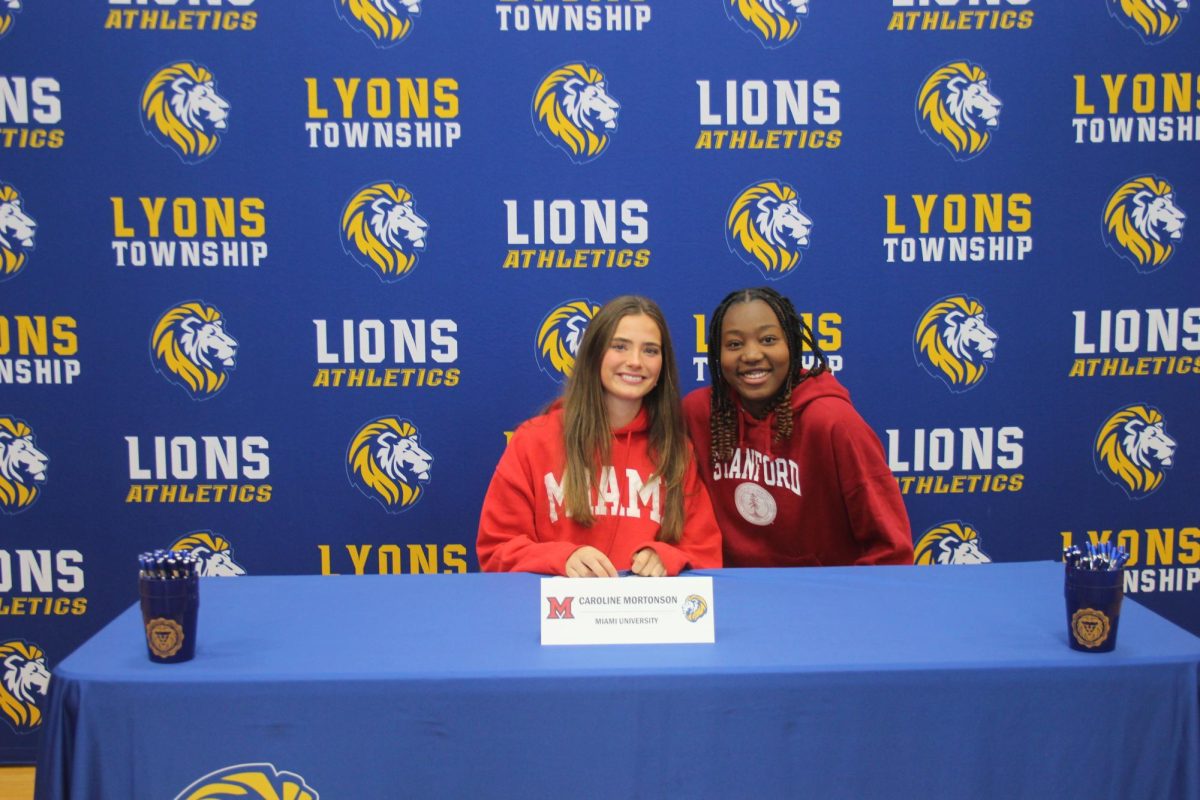
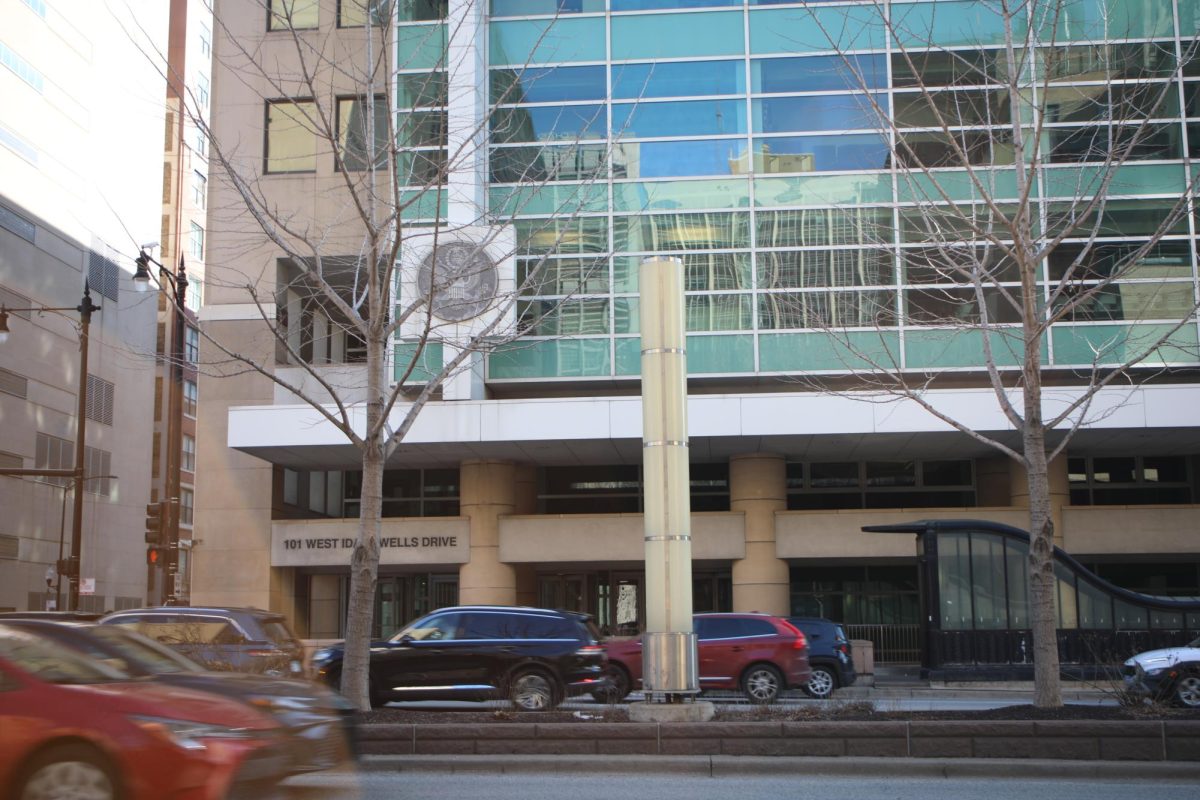


![Movie poster for '[Rec]" (2007).](https://www.lionnewspaper.com/wp-content/uploads/2023/04/rec-640x900.jpg)
